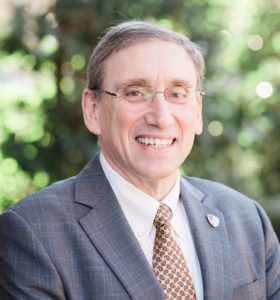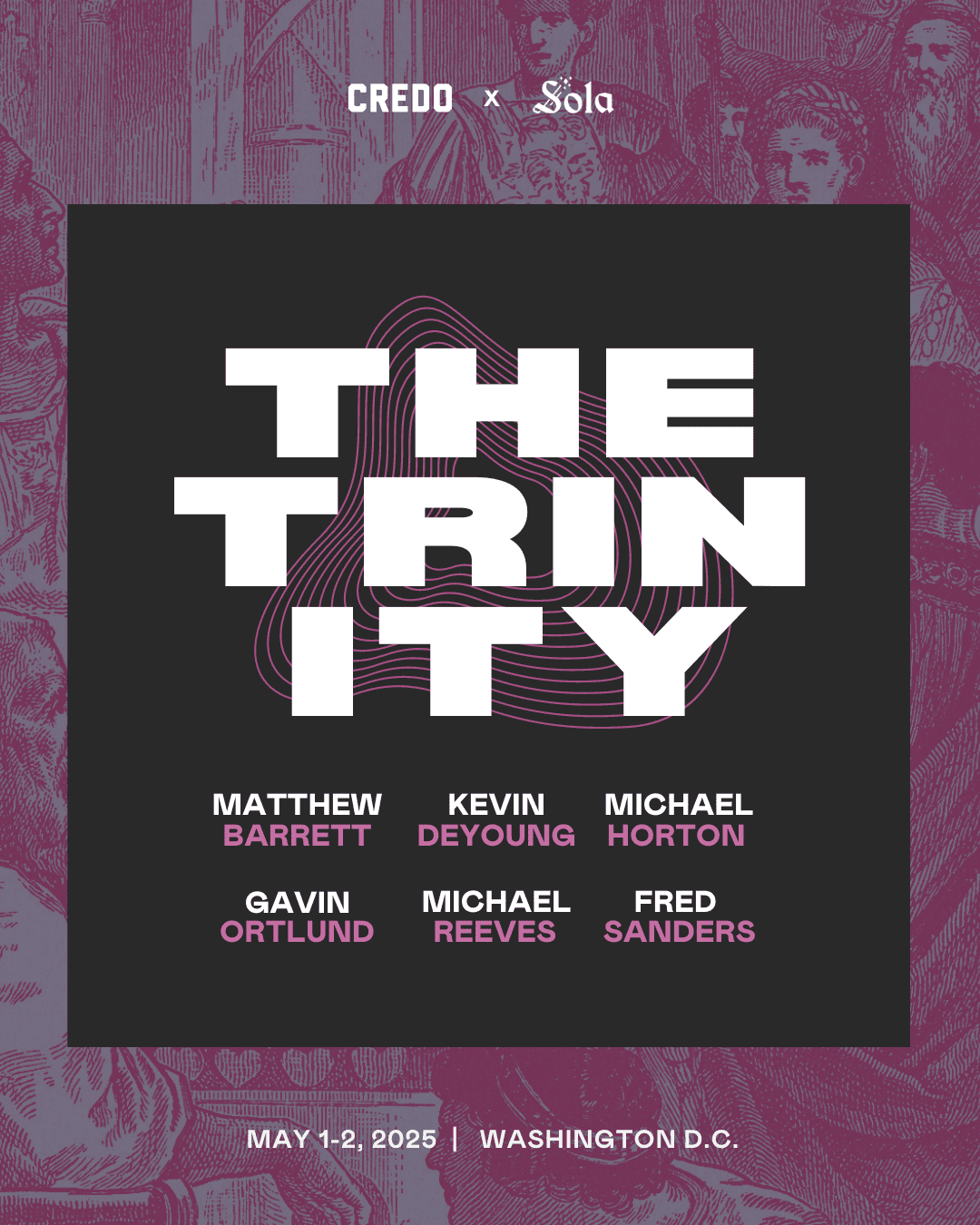 To put my cards on the table, I consider the “New Perspective on Paul” (NPP) a significant problem for Christ’s church because it misconstrues the biblical doctrine of justification, that glorious doctrine that the Reformation championed. In Paul’s “Works of the Law” in the Perspective of Second Century Reception, Matthew J. Thomas has authored a substantive book that enters this important debate. Unfortunately, he primarily sides with the NPP; however, his argument, somewhat refreshingly, is not typical. It involves looking at second-century AD Christian sources and making implications back to Paul’s use of “works of the law.”
To put my cards on the table, I consider the “New Perspective on Paul” (NPP) a significant problem for Christ’s church because it misconstrues the biblical doctrine of justification, that glorious doctrine that the Reformation championed. In Paul’s “Works of the Law” in the Perspective of Second Century Reception, Matthew J. Thomas has authored a substantive book that enters this important debate. Unfortunately, he primarily sides with the NPP; however, his argument, somewhat refreshingly, is not typical. It involves looking at second-century AD Christian sources and making implications back to Paul’s use of “works of the law.”
Thomas begins by correctly noting that one of the primary differences between the NPP and the Reformational views is the understanding of Paul’s phrase “works of the law” (e.g., Rom. 3:20; Gal. 2:16). Does it simply mean the Jewish “boundary markers” such as Sabbath, circumcision, and food laws are no longer required once Christ has come (NPP view)? Or does it go deeper than that and include any work, whether circumcision or loving one’s neighbor, that is done to merit one’s justification (Reformation view)? One’s answer to this then affects justification because Paul contrasts them, “One is justified by faith apart from works of the law” (Rom. 3:28). If the interpretation of “works of the law” is wrong, then what it is contrasted with, “justified by faith,” is also probably wrong. Matthew J. Thomas has authored a substantive book that enters this important debate. Unfortunately, he primarily sides with the NPP; however, his argument, somewhat refreshingly, is not typical. Share on X
After adequately summarizing the NPP and Reformational views on “works of the law,” Thomas proposes to look at extant second-century AD Christian sources for their views on “works of the law” based on the assumption that Paul’s first-century AD meaning would be evident in the second century. Thomas lays out his methodology. He acknowledges that the exact expression “works of the law” only occurs once within his selected writings (Irenaeus, Against Heresies 4.21.1). Hence, based on his view of the context of Romans and Galatians, Thomas looks for broader discussions that “show evidence of conflict with Jewish parties regarding the law and works, whether specific practices or works in general” (15). He will then categorize all of the comments as to what the law is and the arguments as to why the associated works are not necessary for Christians.
Thomas marches through what he considers the appropriate sections of the Didache, the Epistle of Barnabas, Ignatius’ Epistle to the Magnesians, Ignatius’ Epistle to the Philadelphians, the Epistle to Diognetus, the Apology of Aristides, Justin Martyr’s Dialogue with Trypho, Melito of Sardis’ Peri Pascha, Irenaeus’ Against Heresies, and Irenaeus’ Demonstration of Apostolic Preaching. This is the bulk of the book. Based on these writings, he concludes that the conflict over law between the Christians and Jewish opponents in these writings primarily refers to the Mosaic law as (1) boundary markers of the Jewish people and (2) sacrificial worship practices. The arguments used to confirm that Christians do not need to follow these laws include (1) the arrival of the new law of Christ, (2) the OT predicting both Christ’s arrival and the universality of God’s grace beyond the Jewish nation, and (3) Abraham and other patriarchs were justified believers apart from circumcision and the Mosaic law. To say it negatively, the second-century sources do not “provide support for the view that works of the law were performed on an individual basis to earn salvation” (277).
In a very brief concluding section (only four pages, 286–89), Thomas takes these second-century conclusions and applies them to Paul’s view of “works of the law” in Romans and Galatians in the context of the NPP vs Reformational debate. His primary conclusion is that Paul’s interest was on the “concrete issue of the place of the Torah in the Christian’s life, and not on broader questions of obedience to a moral law or concerns about works in general” (286). This primary conclusion places Thomas squarely in the NPP camp.
Secondarily, he does critique some NPP authors for emphasizing Paul as the unique figure who historically determined which Mosaic laws are valid for the Christian church and also for downplaying the “the law of Christ as a primary reason why these works of the Mosaic law are no longer binding” (287).
I have several methodological problems with this study, although I will just state two. First, Thomas’ methodology presupposes, whether intentionally or not, that Paul’s understanding of works and justification is tied only to Romans and Galatians where “works of law” is mentioned and that the understanding of works and justification is exhausted in a Jew-versus-Christian context. On the contrary, from a Reformational perspective, Paul’s discussions of works and justification in Philippians 3, Ephesians 2, 2 Timothy 1, and Titus 3 are a significant aid to understanding his discussions in Romans and Galatians. So for example, even though Thomas does consider the Epistle of Diognetus 3–4, he does not consider chapter 9, which alludes to Titus 3 and Romans 5, refers negatively to “our own works,” and wonderfully extols the “sweet exchange” of our sinfulness for Christ’s righteousness. Thomas’ justifies this omission because “the Diognetus 9 passage clearly addresses a different context than Paul’s in Romans; no mention of law or Jews can be found” (152). Thomas’ methodology presupposes that Paul’s understanding of works and justification is tied only to Romans and Galatians where “works of law” is mentioned. Share on X
My second methodological complaint concerns Thomas’ going from the second-century sources that only once even use the exact expression “works of the law” and then making conclusions about Paul related to the massive NPP verses Reformational debate. This is just not warranted in a book whose bulk concerns second-century sources that in fact rarely engage these Pauline texts and issues directly. Further, it is well known that several second-century authors are clearly semi-Pelagian. This on the surface dovetails better with NPP interpretations but is not particularly new or useful evidence for interpreting Paul.
In sum, Thomas catalogs many arguments that second-century Christians made to justify not following the ceremonial aspects of the Mosaic law. This is commendable but does not get to the heart of the issue of Paul’s understanding of works when he contrasts it with grace, Christ, and faith (Rom. 3:24; 5:9; 3:28). Unfortunately, Thomas’ attempt to take this second-century information and then make conclusions concerning Paul’s use of “works of the law” is a non-starter.


